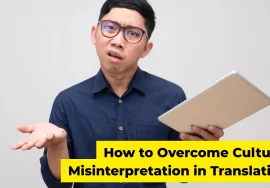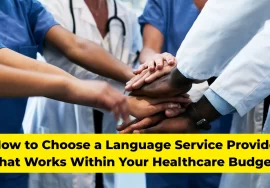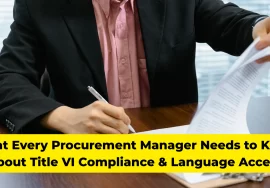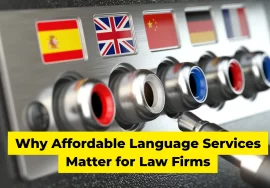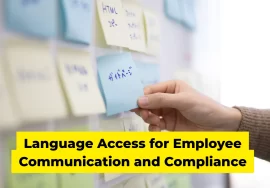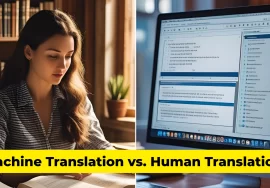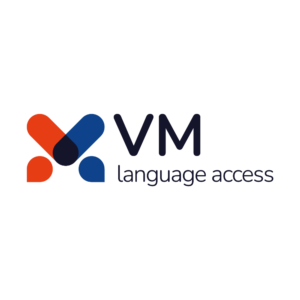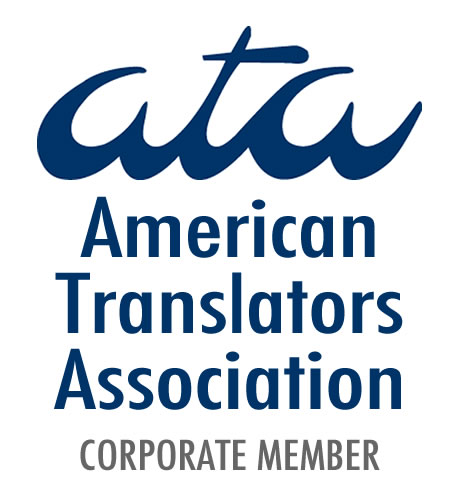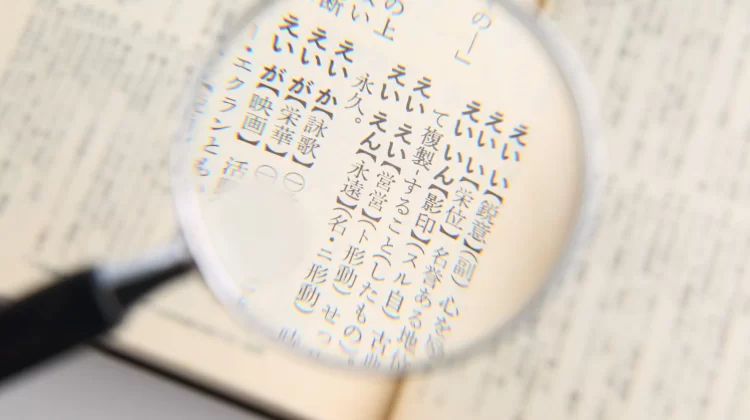
How to Translate Booklets Effectively: A Translator’s Approach
Translating booklets might sound straightforward at first glance — after all, it’s just text, right? But anyone who’s ever tackled a booklet translation knows there’s a lot more going on beneath the surface. From preserving the original message’s clarity to juggling formatting and design, the process requires careful planning and execution. If you want to learn how to translate booklets effectively, you’re in the right place.
In this article, I’ll walk you through the essential steps, best practices, and even technical considerations like the best formats for translated booklets. Whether you’re a translator new to booklet projects or a business owner looking to understand the process better, this guide has got you covered.
Understanding the Unique Nature of Booklet Translation
Booklets are a special breed of document. Unlike a simple article or brochure, booklets often combine detailed information, marketing language, and design elements all wrapped into a compact, user-friendly format. This means you’re not just translating words — you’re preserving a message, tone, and sometimes even branding.
One of the first things to understand when figuring out how to translate booklets effectively is that the content must be accurate but also accessible and engaging. Booklets often serve purposes like product guides, event programs, or educational materials, so the translation must meet the needs of the target audience in a way that feels natural and clear.
Step 1: Thoroughly Review the Original Booklet
Before typing a single word of translation, get familiar with the source booklet. Read through it entirely, noting any industry-specific terms, idiomatic expressions, or cultural references. This helps you anticipate tricky sections and plan for how to handle them.
If the booklet contains graphics with embedded text, captions, or charts, make sure you understand what they communicate. Sometimes images need explanations that will require additional translation or adaptation.
Step 2: Know Your Target Audience
One of the golden rules when learning how to translate booklets effectively is knowing who will read your translated booklet. Are you writing for experts in a technical field, or is this a general consumer guide? The tone, complexity, and even formatting might change depending on the audience.
For example, a technical manual booklet for engineers will demand precision and specialized vocabulary, while a travel brochure booklet should be inviting and culturally sensitive. This audience awareness influences word choice, sentence structure, and even the localization of measurements or date formats.
Step 3: Prepare Your Tools and Terminology
Having a glossary or style guide is a lifesaver. Before starting the translation, compile a list of key terms from the booklet. If the company you’re working with already has a terminology database, use it. Consistency is crucial — especially in booklets where repeated terms help reinforce a message.
Using CAT (Computer-Assisted Translation) tools also makes a huge difference. These tools help you maintain consistent terminology and speed up the translation process without sacrificing quality.
Step 4: Maintaining Clarity and Readability
When it comes to booklets, clarity is king. Readers want quick, easy-to-understand information — not a dense wall of text. The challenge in how to translate booklets effectively lies in balancing accuracy with readability.
Don’t hesitate to adapt sentence structures or split long paragraphs for easier reading. This doesn’t mean straying from the original message but making sure the translated version communicates just as clearly.
Step 5: Preserve the Original Message and Tone
Every booklet has its own voice — whether it’s friendly and casual or formal and authoritative. One of the hardest parts about translating booklets is preserving that tone.
Idiomatic expressions and cultural nuances often don’t translate directly. For instance, a marketing booklet might use humor or puns that simply won’t work in another language. The trick is to find culturally relevant equivalents or rewrite phrases that keep the spirit intact without confusing the reader.
Step 6: Collaborate With Designers Early
Booklets are usually designed with images, columns, and creative layouts, so formatting is a big deal. Text expansion or contraction during translation can throw off the entire design.
The best practice is to work closely with graphic designers or layout specialists from the start. They can adjust the design to fit the translated text, making sure everything looks balanced and professional.
Speaking of formats, knowing the best formats for translated booklets will save you headaches later. Common formats include editable PDFs, InDesign files, or Word documents. These allow translators and designers to work flexibly without losing the integrity of the layout.
Step 7: Handle Text Formatting and Technical Elements With Care
When translating booklets, it’s essential to keep formatting intact. Bulleted lists, headings, bold or italicized words, and numbered steps all contribute to readability. If you lose these during translation, the booklet’s flow and user experience can suffer.
Be especially cautious with text inside tables, charts, or images. Sometimes text embedded in graphics needs to be edited separately, requiring coordination with a designer or additional software.
Step 8: Quality Assurance and Proofreading
Even the best translators can miss small errors on the first go. That’s why multiple rounds of proofreading and quality checks are key in how to translate booklets effectively.
If possible, have a native speaker review the final translated booklet. If the content is technical, involve subject matter experts. This reduces the risk of mistakes that could confuse or mislead readers.
Step 9: Finalizing the Booklet and Delivery Formats
After translation and design tweaks, the booklet should be reviewed one last time in its final format. This includes checking:
- Layout and design consistency
- Correct font usage and sizes
- Proper alignment and spacing
- No cut-off text or misplaced elements
When delivering the final product, consider the best formats for translated booklets depending on how the client intends to use them. Editable formats like Adobe InDesign files or Word documents are preferred for future updates, while print-ready PDFs are ideal for immediate distribution.
Why Professional Booklet Translation Matters
You might wonder, “Can’t I just use machine translation for my booklet?” While machine tools are getting better, they still fall short when it comes to nuance, cultural relevance, and formatting challenges.
Professional human translators bring cultural awareness, subject knowledge, and the creativity needed to adapt the content — all while preserving your brand’s voice and message. This is especially true for booklets, which often aim to build trust or inform critical decisions.
Recap: How to Translate Booklets Effectively
To wrap up, here are the key takeaways for mastering booklet translation:
- Understand your source material inside and out.
- Know your target audience well.
- Use glossaries and CAT tools for consistency.
- Prioritize clarity, tone, and cultural relevance.
- Collaborate closely with designers to maintain formatting.
- Proofread thoroughly with native speakers or experts.
- Deliver in the right formats for usability and future edits.
Following these steps will help you create translated booklets that look professional, read naturally, and truly connect with your audience.
Translating booklets is both an art and a science. Done well, it opens doors to new markets, builds credibility, and enhances communication. And if you’re looking for expert help to handle your booklet translation needs, VM Language Access is ready to assist with precision and care.


